Antibes on the Côte d’Azur
Antibes is a city on the Côte d’Azur with approximately 75,000 inhabitants. It is located between Cannes and Nice and features Juan-les-Pins, a seaside resort at Cap d’Antibes. The picturesque old town of Antibes is narrow and winding with numerous restaurants and cafés. Port Vauban is Antibes’ renowned yacht harbor. Juan-les-Pins, founded in 1882, is the tourist district, but even with fewer tourists, Antibes remains a lively town. Among several museums, the Picasso Museum in Grimaldi Castle is the most famous. Provençal specialties can be found in an Art Nouveau hall that serves as a market.
Antibes was founded by the Greeks as early as 340 BC and called Antipolis. The name suggests that there was something opposite to it, though we no longer know exactly what that was. The Romans further developed the Greek trading post, and in late antiquity, Antibes even became a bishop’s seat. The Grimaldi family became owners of Antibes in 1386 and sold it to France in the 16th century. In 1553, the French built Fort Carré to protect Antibes from Savoyard attacks. The fort can be visited today, and from the top, there is a worthwhile view of Antibes and the harbor.
After his escape from the island of Elba, Napoleon landed in Antibes on March 1, 1815. In the early 20th century, the modern-day celebrities—artists and writers, including Pablo Picasso—arrived, establishing the tourist boom on the Côte d’Azur. I would have loved to be part of that era, or with the group around Hermann Hesse at Lake Maggiore.
Antibes has revived the ancient name Antipolis for a commercial area in Valbonne. I stayed at the Mouratoglou Hotel & Resort there, a newly renovated sports hotel with extensive tennis facilities that makes an excellent impression and which I gladly recommend.
Beaches can be found in Antibes and Juan-les-Pins, mostly commercialized by beach chair rentals, but not at Cap d’Antibes, which juts into the sea as rocky cliffs. Cap d’Antibes became famous through F. Scott Fitzgerald and his circle including Hemingway and Dos Passos, though they didn’t only have happy days by the sea.



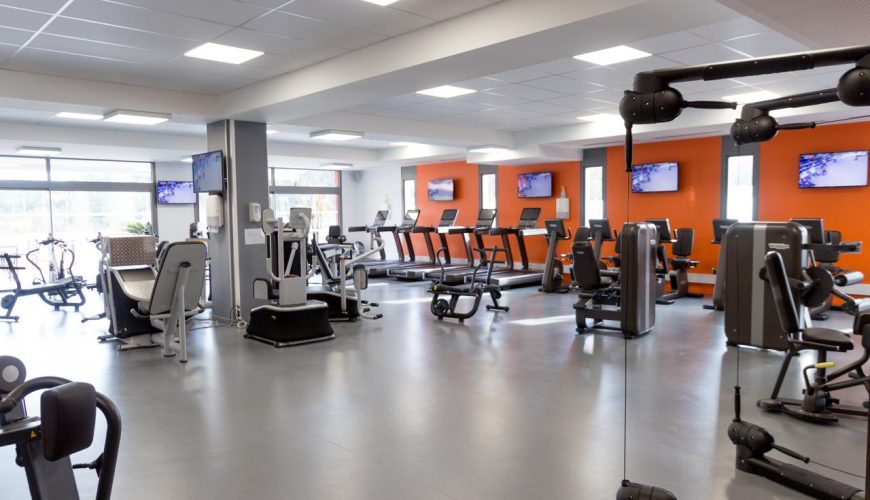

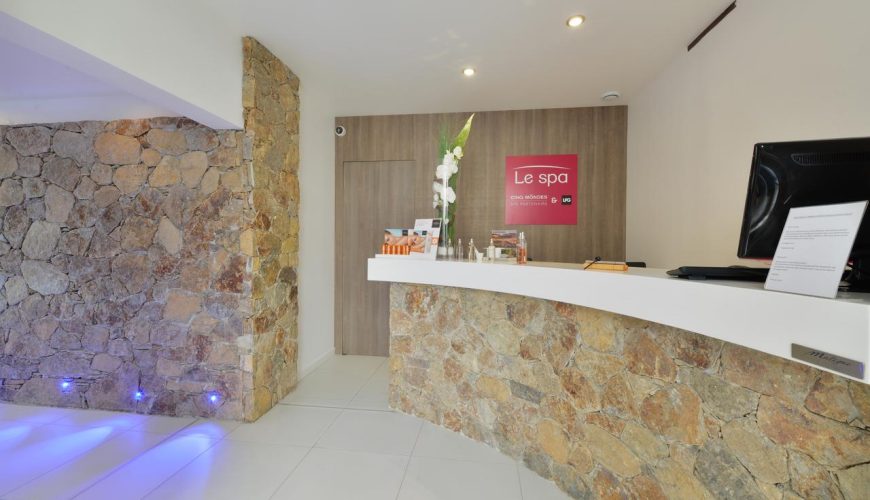
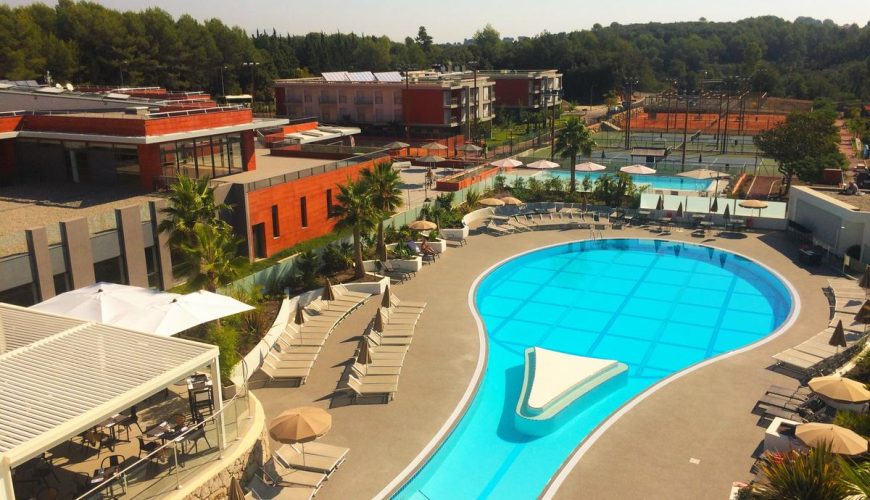
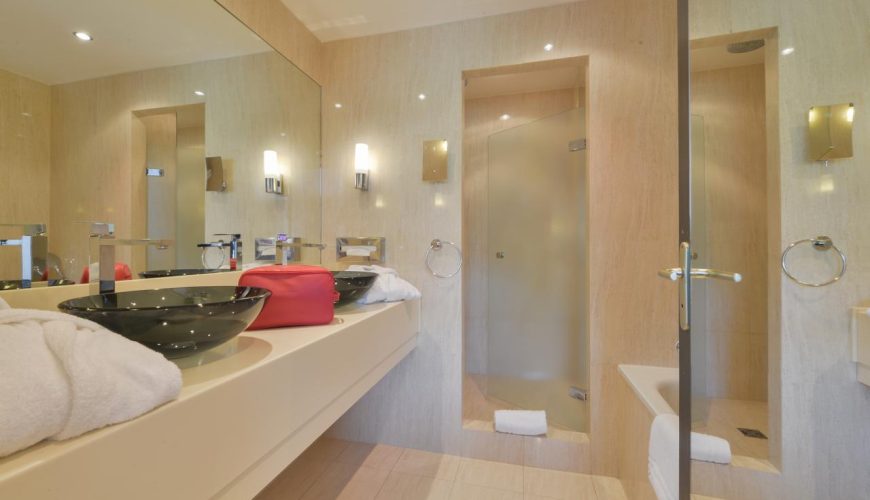

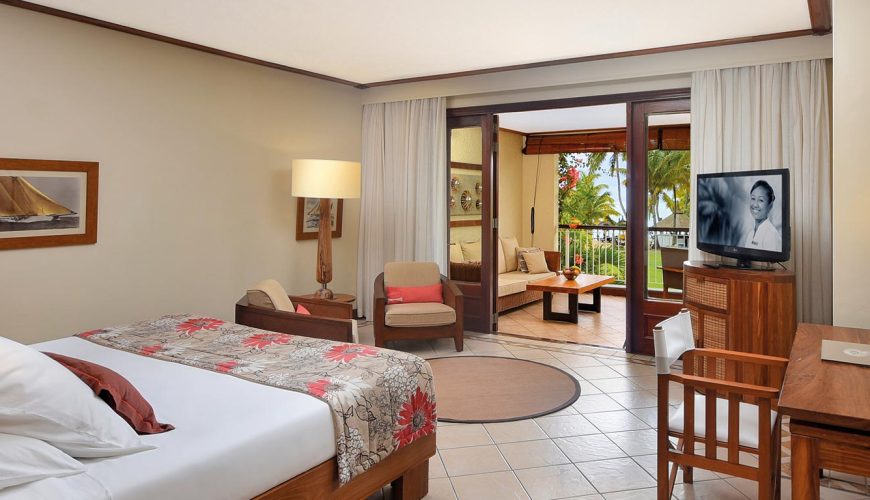
Comment (0)